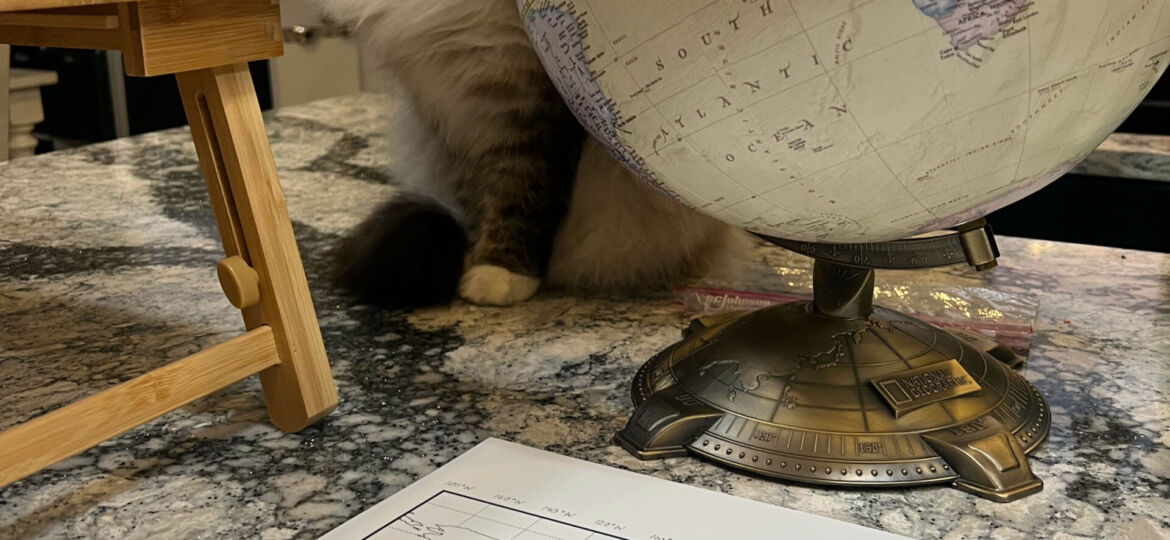Rediscovering the Value of Traditional Map Reading and Practical Geometry in the Classroom
In today’s digital age, it’s easy to take maps for granted, as they are readily accessible on our smartphones. However, map reading remains an indispensable skill with numerous benefits. Recent studies, such as the one published in Scientific Reports in 2020, suggest that over-reliance on GPS technology may contribute to memory loss and weakened spatial memory. This highlights the importance of fostering traditional map-reading skills.
Dava Sobel’s book Longitude has inspired us to delve into the art of mapwork. Recognizing its value, we have incorporated mapwork as a core component of our curriculum. Our aim is not only to teach students how to read maps and identify cardinal directions but also to encourage them to calculate latitude and longitude manually, just as sailors and astronomers did before the advent of GPS. This hands-on approach enhances knowledge retention and comprehension, allowing students to better appreciate the challenges faced by scientists in the past.
An often-overlooked aspect of map work is the use of practical geometry tools such as rulers, protractors, compasses, and mechanical pencils. We observed that many students, despite their brilliance, lacked experience with these instruments. Consequently, we dedicated time to teach them how to use these tools effectively, from holding a ruler to measuring distances in millimeters and centimeters. Incorporating practical geometry in the curriculum from an early stage is crucial for fostering mathematical and spatial reasoning skills, which form the foundation for success in various academic and professional fields.
In conclusion, mapwork and practical geometry are not only essential for academic success but also for nurturing well-rounded individuals who can navigate the complexities of our rapidly evolving world. Embracing these skills not only enhances cognitive development but also fosters an appreciation for the rich history of scientific discovery and human ingenuity that have shaped our understanding of the world we live in.


